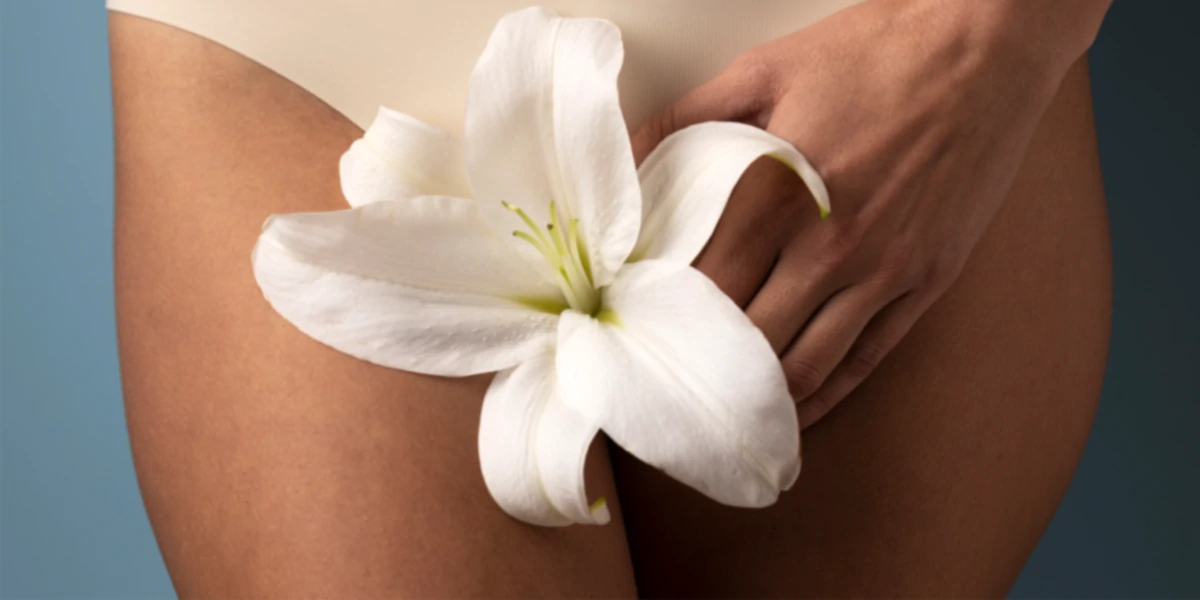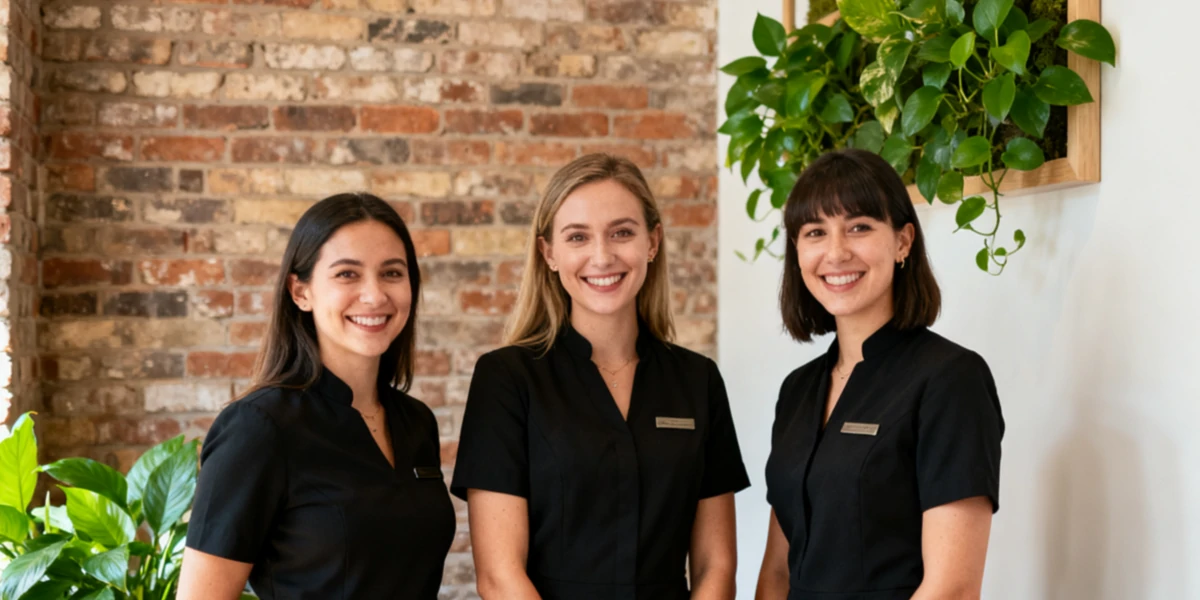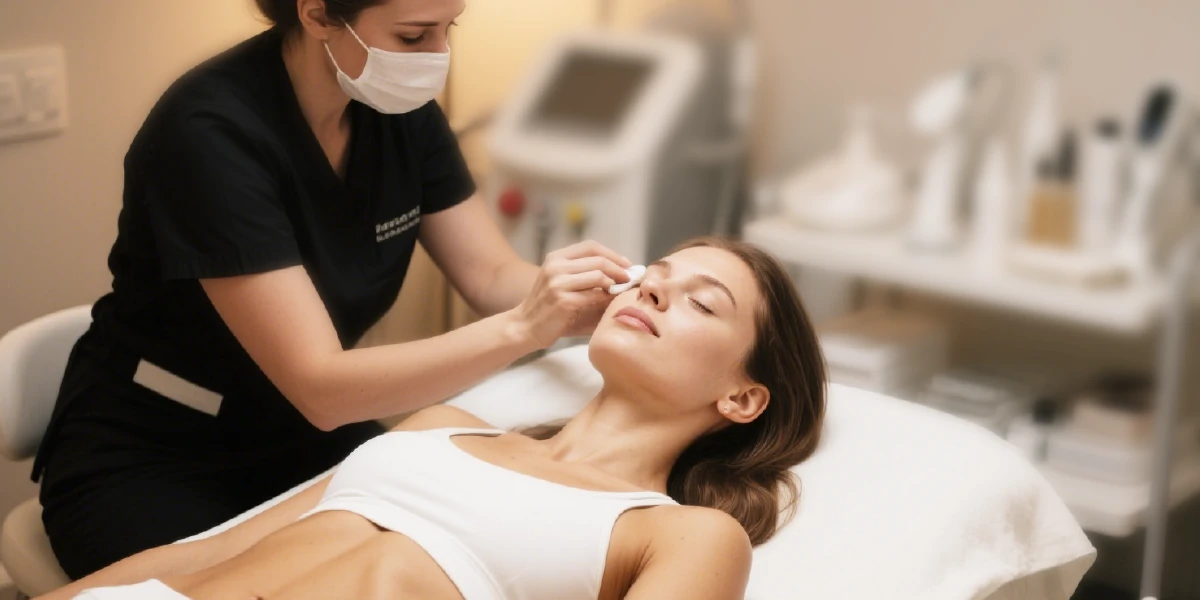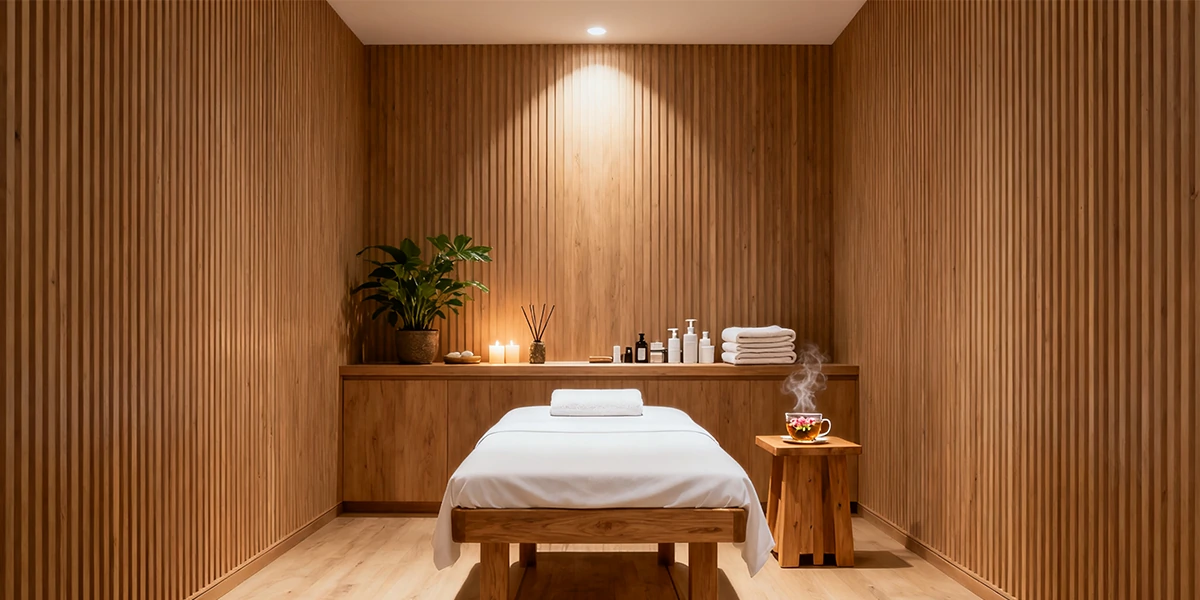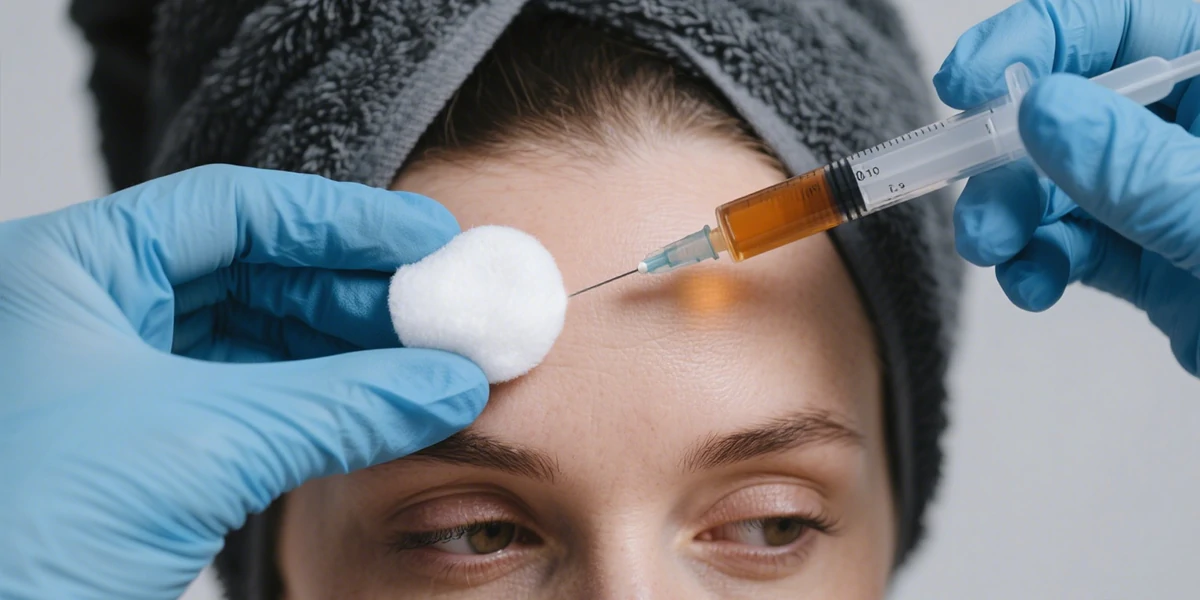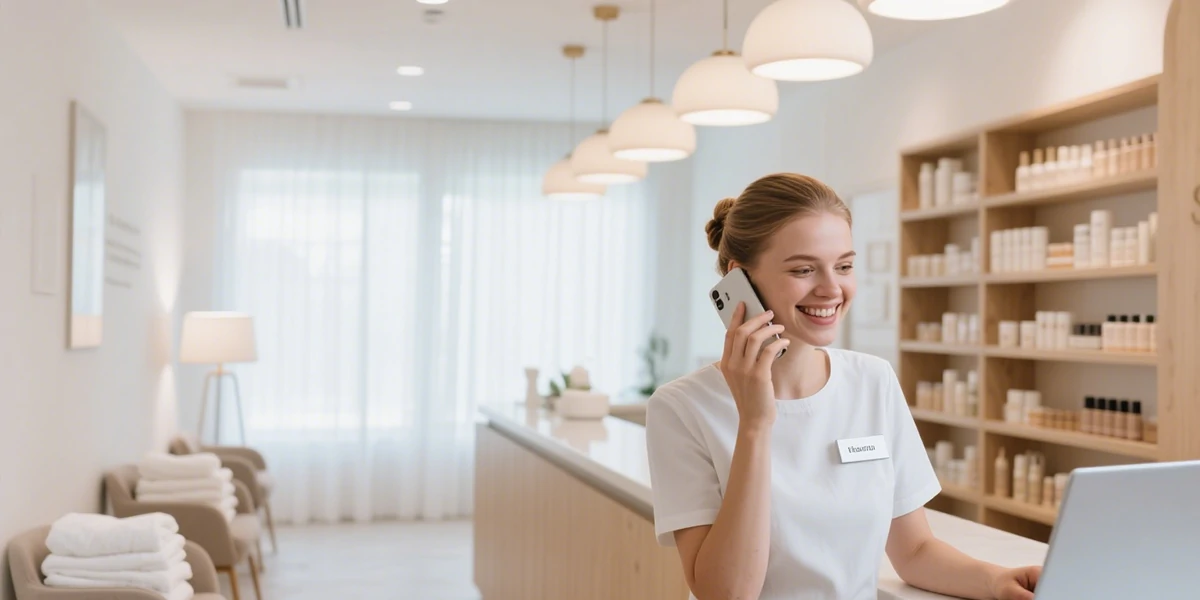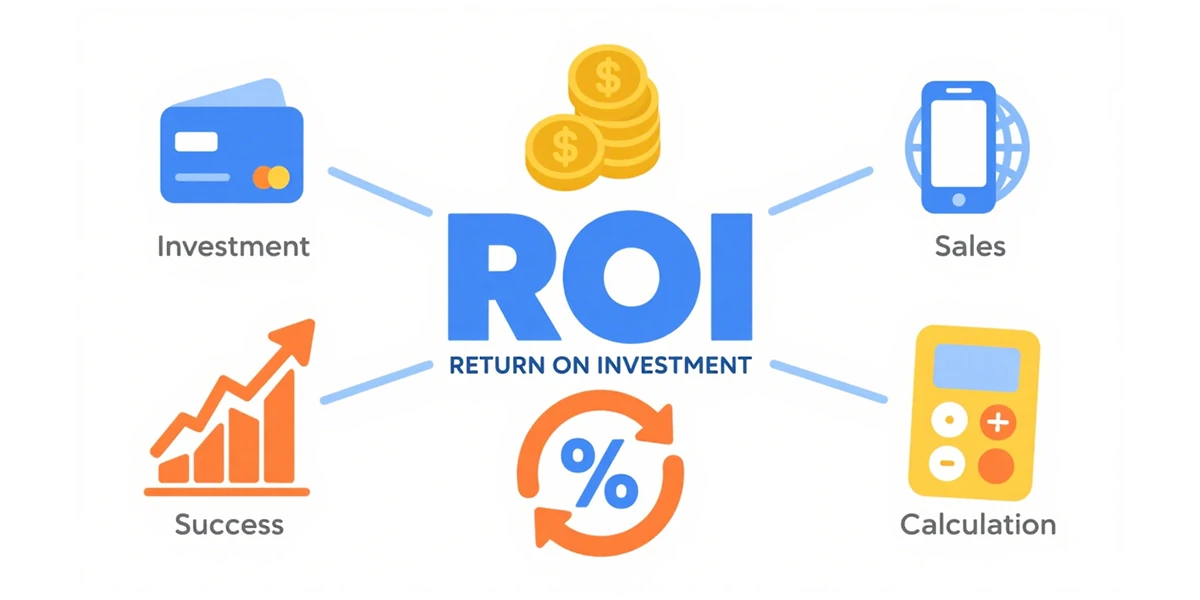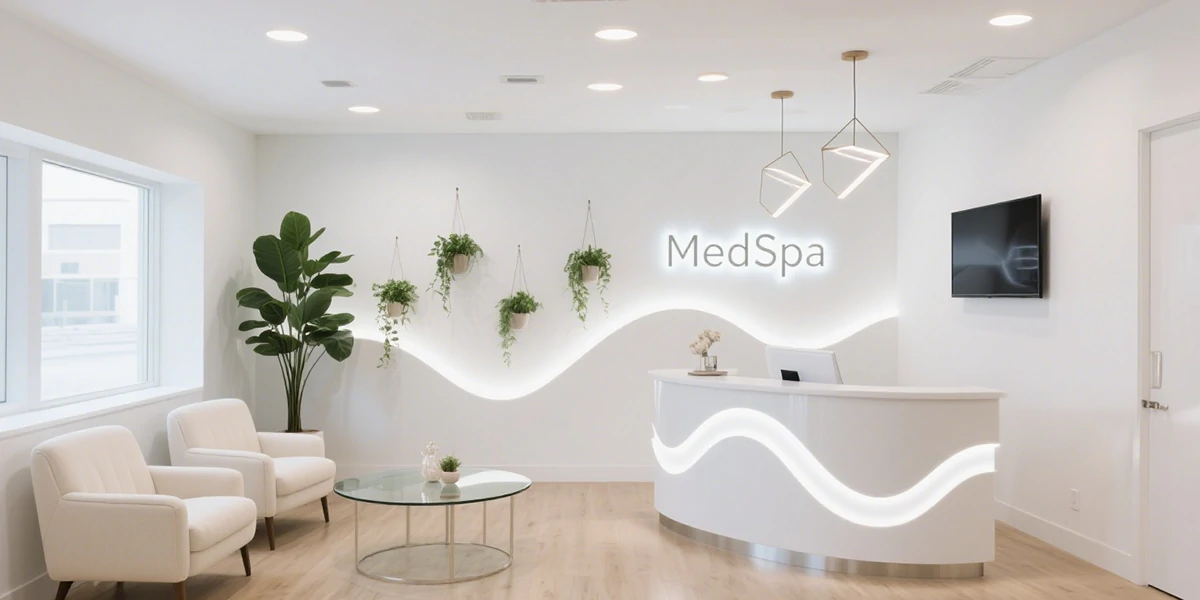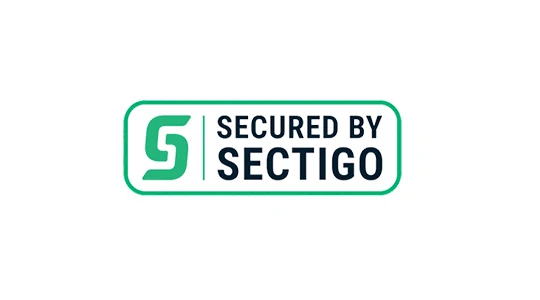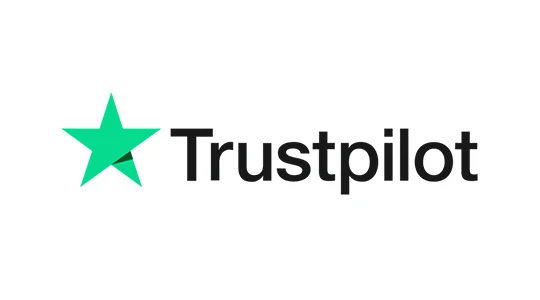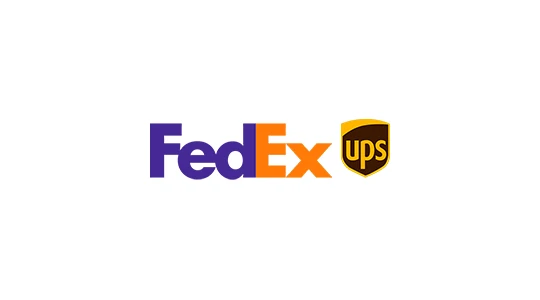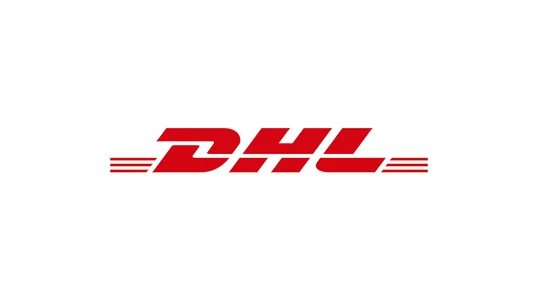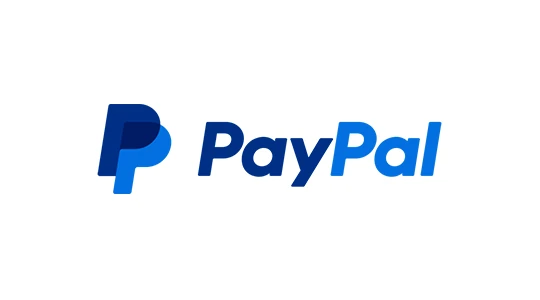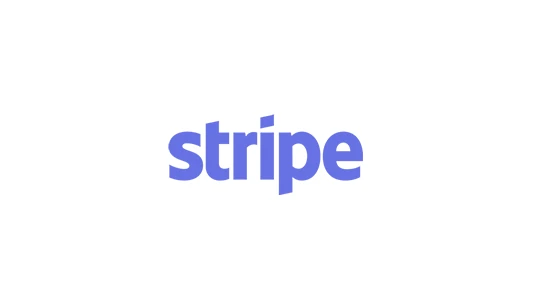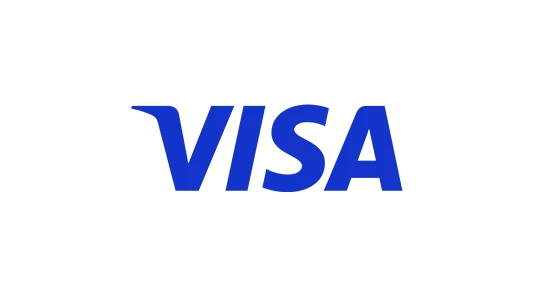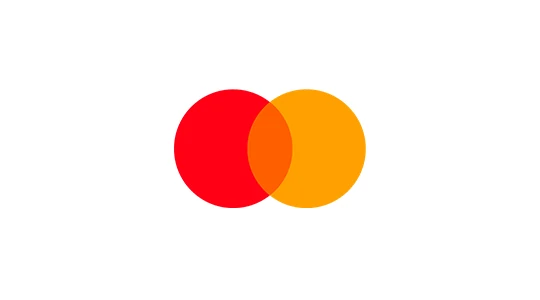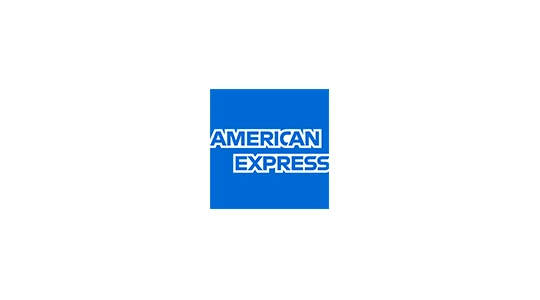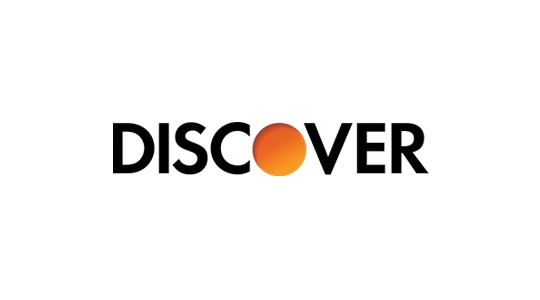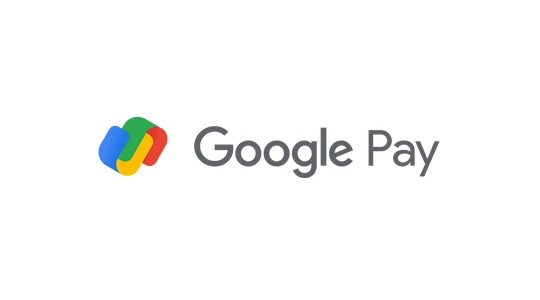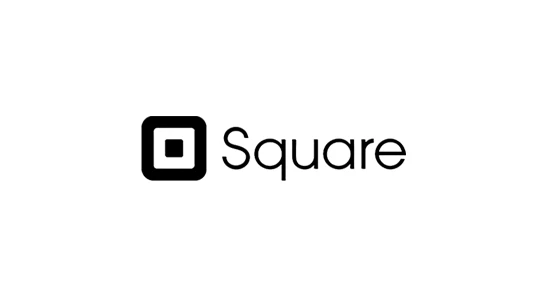Blog
How Much Does It Cost to Open a Spa? A Detailed Breakdown of Startup Costs in 2025

You envision a sanctuary of serenity, a place where clients escape, rejuvenate, and leave feeling their absolute best. It’s a powerful dream. But as you move from vision to reality, you inevitably face the most critical and tangible question: funding. Understanding the full spectrum of Spa startup costs is the most crucial, and often most uncertain, part for any aspiring entrepreneur. This is where dreams meet spreadsheets.
This article is designed to be your transparent and comprehensive financial checklist. We will provide a detailed breakdown of all the one-time investments and recurring operational costs required to open a spa in 2025. Our goal is to empower you with knowledge, helping you avoid budget overruns and unexpected expenses. Remember, this budget is the financial core of your business plan. A clear budget is a key part of your spa business plan, and it represents a critical step in the journey of successfully launching your business.
The Core Driver of Your Costs: Your Spa Niche
Before you can tally a single number, you must answer a foundational question: what kind of spa will you be? Your costs are not a fixed figure; they are driven entirely by your market positioning.
The financial commitment for a high-tech medical spa is vastly different from that of a holistic wellness retreat. Here’s a quick comparison:
- High-Tech Medi-Spa:Your budget will be heavily weighted towards significant investments in advanced aesthetic devices like HIFU, Cryolipolysis, and laser machines.
- Holistic Wellness Retreat:Costs here may lean more towards creating a unique ambiance, extensive renovations with natural materials, and sourcing premium, organic product lines.
- Urban Express Spa:While equipment costs might be more streamlined, your budget will need to account for premium rent in a high-foot-traffic business district.
Choosing the right specialization is the first and most important financial decision you will make. It dictates everything that follows. Explore these profitable spa niche ideas to find the perfect fit for your vision and budget.
One-Time Spa Startup Costs: Your Initial Investment
These are the expenses you will incur before you open your doors to the first client. We’ve broken them down category by category.
Business Formation & Licensing Fees
This is the foundational legal paperwork. Costs include registering your business entity (e.g., LLC, Corporation), securing a general business license, and obtaining all necessary industry-specific permits, such as cosmetology, esthetician, or massage therapy licenses, as well as health department permits.
- Estimated Range: $500 – $2,000
Real Estate & Renovation
This is typically one of the largest line items in your startup budget. It includes your security deposit (often 2-3 months’ rent) and the cost of the build-out. Renovations can involve creating private treatment rooms, significant plumbing and electrical work to support your equipment, flooring, lighting, and designing a welcoming reception area.
- Estimated Range: $20,000 – $150,000+(Highly dependent on location, size, and level of luxury)
Professional Spa Equipment: The Core of Your Success
Your equipment is the engine of your spa. While basic items like massage tables, facial steamers, towel warmers, and sterilization units are essential, your advanced equipment is what creates your competitive edge.
Depending on your niche, this could include:
- A Tingmay 360° Cryolipolysis Machine for body contouring.
- An EMSculpting device for muscle toning and fat reduction.
- A Hydrofacial machine for advanced skin cleansing.
- HIFU or RF Microneedling devices for anti-aging treatments.
- Laser equipment for hair or tattoo removal.
This is not merely a cost; it is the most critical investment you will make in your spa’s future success. Investing in high-quality, certified, and effective technology from a trusted supplier like Tingmay is non-negotiable. It directly impacts the safety and quality of your results, which in turn determines client satisfaction, retention, and your long-term return on investment (ROI).
- Estimated Range: $15,000 (basic setup) – $100,000+ (advanced medi-spa)
Initial Product Inventory
You’ll need two categories of products: a professional line for use during treatments and a retail line for clients to purchase. Retail is a vital revenue stream, so don’t underestimate this category.
- Estimated Range: $5,000 – $20,000
Technology & Software
Modern spas run on efficient technology. This includes booking and scheduling software, a Point-of-Sale (POS) system for transactions, and the initial cost of professional website development.
- Estimated Range: $1,000 – $5,000
Initial Marketing & Grand Opening
You need to create buzz before you even open. This budget covers your logo design, branding materials, “coming soon” digital ads, and the costs associated with a grand opening event to attract your first wave of clients.
- Estimated Range: $2,000 – $10,000
Recurring Operating Costs: Keeping the Doors Open
These are the ongoing monthly expenses required to run your business.
- Staff Salaries & Payroll:This will be your largest recurring expense, covering wages, taxes, and any benefits for your therapists, receptionists, and managers.
- Rent & Utilities:This includes your monthly commercial lease payment, plus water, electricity, internet, and phone services.
- Marketing & Advertising:To keep a steady flow of clients, you’ll need a monthly budget for social media ads, Google Ads, email marketing platforms, and content creation.
- Product Consumables & Restocking:This covers the continuous purchase of products used in treatments and restocking your retail inventory.
- Insurance, Subscriptions & Miscellaneous:This includes business liability insurance, monthly software subscription fees, cleaning services, and a fund for unexpected repairs.
The “Hidden” Cost: The Importance of Working Capital
One of the most common pitfalls for new entrepreneurs is failing to budget for working capital. This is a cash reserve set aside specifically to cover all your operating costs for at least the first 6 to 12 months. Your spa will not be profitable from day one. This reserve fund is the bridge that keeps your business running smoothly until your revenue stream becomes consistent and self-sustaining.
Putting It All Together: Sample Budget Ranges
To help you visualize the total investment, here is a table outlining potential budget ranges based on different spa models. Please note these are estimates; your actual costs will vary based on your location, choices, and specific business model.
| Fee Category | Small Healing Studio (Solo Esthetician) | Mid-Sized Day Spa | Large Medical Center (Medi-Spa) |
| One-Time Startup Costs | $30,000 – $70,000 | $100,000 – $250,000 | $250,000 – $500,000+ |
| Monthly Operating Costs | $5,000 – $10,000 | $15,000 – $30,000 | $40,000 – $80,000+ |
| Recommended Reserve (6 Months) | $30,000 – $60,000 | $90,000 – $180,000 | $240,000 – $480,000+ |
| Total Estimated Capital | $60,000 – $130,000 | $190,000 – $430,000 | $490,000 – $980,000+ |
For a more detailed guide on structuring your financials, it is always wise to consult official guidance from the Small Business Administration.
Conclusion
While opening a spa involves a significant financial commitment, it is a dream that is entirely achievable with meticulous planning, a clear budget, and strategic investments in quality. By understanding every potential cost, you transform a daunting number into a manageable plan. You are not just spending money; you are investing in a future of success, wellness, and happy clients.
With your budget now clear, it’s time to equip your dream spa with the technology that delivers exceptional results and a strong return on investment.
Explore Tingmay’s full range of professional beauty devices to build a solid foundation for your success.
And to see how this budget fits into the complete picture from idea to grand opening, be sure to read our ultimate guide: How to Start a Spa Business: The Ultimate 10-Step Guide for 2025.


